LA EVOLUCIÓN DEL BAILE ENTRE LOS AÑOS by D-Rock [ESP] - [ENG]
LA EVOLUCIÓN DEL BAILE ENTRE LOS AÑOS (parte 1) / THE EVOLUTION OF THE DANCE BETWEEN THE YEARS (part 1) by D-Rock [ENG] - [ESP] - INSPIRACIÓN
Hola amigos de hive! Poder realizar este video, es súper asombroso ya que no solo yo, podré ver el gran cambio del baile a través de los años, si no ustedes también, sé que es muy obvio como ha sido la evolución de tal, pero alguien que ama el baile y sabe que los detalles son escenciales a la hora de hacer una coreografía, le parece algo único y especial... Del vídeo de que me guíe para hacer el mío, elegí solo algunos de estos bailes, los que más me gustaron y los que se me hacían fácil de hacer, en parte estoy muy impactado y no lo voy a negar, me costó mucho hacer este video, ya que hice muchos cortes y muchos cambios de ropa, pero todo valió la pena al final, solo espero que con todo mi corazón les guste este video, y aprecien al igual que yo, todo este hermoso arte.
Being able to make this video, is super amazing because not only me, I can see the great change of the dance through the years, if not you too, I know it is very obvious as has been the evolution of such, but someone who loves dancing and knows that the details are essential when making a choreography, it seems something unique and special .... From the video that guided me to make mine, I chose only some of these dances, those that I liked the most and those that were easy to do, in part I am very shocked and I will not deny it, it cost me a lot to make this video, since I made many cuts and many changes of clothes, but it was all worth it in the end, I just hope that with all my heart you like this video, and appreciate as I do, all this beautiful art.

Hound Dog, es una canción de blues de doce compases escrita por Jerry Leiber y Mike Stoller y grabada por Willie Mae "Big Mama" Thornton en 1952.Sin embargo, la versión más famosa es la de julio de 1956 cantada por Elvis Presley. Hound Dog alcanzó el puesto # 2 en el Top 10 del chart de Reino Unido y constituye con más de 10 millones de copias de discos vendidos, uno de los mayores éxitos comerciales de Elvis luego de It's now or never.
Hound Dog is a twelve-bar blues song written by Jerry Leiber and Mike Stoller and recorded by Willie Mae "Big Mama" Thornton in 1952, but the most famous version is the July 1956 version sung by Elvis Presley. Hound Dog reached the #2 spot in the UK Top 10 chart and is, with over 10 million copies of records sold, one of Elvis' biggest commercial hits after It's now or never.
Canción original:
Tutti Frutti, es una canción de Little Richard junto con Dorothy LaBostrie, cuya primera grabación fue realizada en 1955. Se han realizado varias transliteraciones de esta apertura. Nik Cohn en su libro sobre la historia de la música pop utilizó el título «Awopbopaloobop Alopbamboom» que supuestamente intentaba ser una parodia onomatopéyica de una introducción de tambor, y su duro sonido y asalvajada letra, se convirtió no solo en un modelo de muchas otras posteriores canciones de Little Richard, sino también en uno de los diferentes modelos de rock and roll.
Tutti Frutti, is a song by Little Richard with Dorothy LaBostrie, first recorded in 1955. Several transliterations of this opening have been made. Nik Cohn in his book on the history of pop music used the title "Awopbopbopaloobop Alopbamboom" which was supposedly intended to be an onomatopoeic parody of a drum intro, and its harsh sound and assaulted lyrics, became not only a model for many other later Little Richard songs, but also one of the various models of rock and roll.
Canción original:
Let's Twist Again, es una canción escrita por Kal Mann y Dave Appell que salió al mercado en formato de disco sencillo cantada por Chubby Checker. Fue uno de los mayores éxitos de 1961, alcanzando el número uno en el Reino Unido y el octavo en el Billboard pop chart de Estados Unidos. Es un twist, tipo de baile muy popular a principios de los años 60.La letra de la canción se refería al éxito del año precedente del mismo artista titulado precisamente «The Twist»; de ahí lo de «Bailemos otra vez el twist».
Let's Twist Again, is a song written by Kal Mann and Dave Appell that was released as a single album sung by Chubby Checker. It was one of the biggest hits of 1961, reaching number one in the United Kingdom and eighth on the Billboard pop chart in the United States. It is a twist, a type of dance very popular in the early 60's. The lyrics of the song referred to the previous year's hit by the same artist entitled "The Twist"; hence "Let's dance the twist again".
Canción original:
I Got You (I Feel Good), es un sencillo del cantante de soul y funk estadounidense James Brown, lanzado en 1 de enero de 1964. Es una canción del álbum I Got You (I Feel Good). Escrita y producida por el propio James Brown, se transformó en uno de los temas con los que alcanza la fama mundial. Fue incluida en la lista las 500 mejores canciones de todos los tiempos según la revista Rolling Stone, en el puesto 78.
I Got You (I Feel Good), is a single by American soul and funk singer James Brown, released on January 1, 1964. It is a song from the album I Got You (I Feel Good). Written and produced by James Brown himself, it became one of the songs with which he achieved worldwide fame. It was included in the list of the 500 best songs of all time according to Rolling Stone magazine, in the 78th position.
Canción original:
The Jackson 5, también llamados al principio The Jackson Brothers, y posteriormente The Jacksons, fue un grupo musical estadounidense integrado por cinco hermanos varones afroamericanos, en Gary, Indiana, fundado y bautizado por la casa discográfica Motown. El grupo, en actividad desde 1968 hasta mediados del 1975, desarrolló un repertorio basado en los estilos R&B, soul, funk, y posteriormente disco. Considerados «uno de los más grandes fenómenos de la música popular» a principios de la década de 1970,Jackson 5 destacaron por la notable voz de su principal vocalista Michael Jackson.
The Jackson 5, also called at first The Jackson Brothers, and later The Jacksons, was an American musical group formed by five African-American brothers, in Gary, Indiana, founded and baptized by the record company Motown. The group, active from 1968 to mid-1975, developed a repertoire based on R&B, soul, funk, and later disco styles. Considered "one of the greatest phenomena of popular music" in the early 1970s, Jackson 5 stood out for the remarkable voice of their lead singer Michael Jackson.
Canción original:
Stayin' Alive, es un sencillo escrito por los Bee Gees, destinada a la banda sonora de Fiebre del sábado por la noche una película de 1977, una canción bajo el sello discográfico RSO Records de Robert Stigwood. Es una de las canciones más populares y reconocibles de los Bee Gees. Puede ser aún escuchada en una variedad de lugares, desde salones de bailes a eventos deportivos. La revista Rolling Stone la incluyó en su lista de las 500 mejores canciones de todos los tiempos en el puesto 189.º junto a "How Deep Is Your Love", primer sencillo de la película y también de los Bee Gees.
Stayin' Alive, a single written by the Bee Gees, was intended for the soundtrack of the 1977 film Saturday Night Fever, a song on Robert Stigwood's RSO Records label. It is one of the Bee Gees' most popular and recognizable songs. It can still be heard in a variety of venues, from dance halls to sporting events. Rolling Stone magazine included it in its list of the 500 greatest songs of all time at 189th place along with "How Deep Is Your Love", the first single from the film and also by the Bee Gees.
Canción original:
You're The One That I want, es una canción escrita por John Farrar para la película Grease en 1978 (versión en película del musical Grease, también escrito por él). Fue interpretada por John Travolta y Olivia Newton-John.Fue número uno en el Reino Unido por nueve semanas, y en el 2005 fue colocada en el puesto número seis de las canciones más vendidas de la historia en aquel país.
You're The One That I want, is a song written by John Farrar for the 1978 film Grease (film version of the musical Grease, also written by him). It was performed by John Travolta and Olivia Newton-John and was number one in the United Kingdom for nine weeks, and in 2005 it was placed at number six of the best-selling songs in the history of that country.
Canción original:
Footloose, es un sencillo compuesto e interpretado por Kenny Loggins en 1984 y una de las dos piezas que forman parte de la banda sonora de la película homónima. La canción estuvo tres semanas consecutivas en el primer puesto del Billboard Hot 100 de Estados Unidos (del 31 de marzo al 14 de abril de 1984). El sencillo tuvo una acogida positiva en general llegando a ser una de los temas más conocidos del cantautor. En 1985 ganó un Grammy a la Canción del Año y el Instituto Americano de Cinematografía la incluyó en el Top 100 de las BSO en la posición 96.
Footloose, is a single composed and performed by Kenny Loggins in 1984 and one of the two pieces that are part of the soundtrack of the film of the same name. The song spent three consecutive weeks at the top of the Billboard Hot 100 in the United States (from March 31 to April 14, 1984). The single had a generally positive reception and became one of the singer-songwriter's best-known songs. In 1985 it won a Grammy for Song of the Year and the American Film Institute included it in the Top 100 of the BSO in position 96.
Canción original:
Thriller, es una canción interpretada y coeditada por el cantante estadounidense Michael Jackson, compuesta por Rod Temperton y producida por Quincy Jones. Es el séptimo y último sencillo de su sexto álbum de estudio, Thriller. Se lanzó el 23 de enero de 1984 a través del sello Epic. La canción figuró en múltiples álbumes recopilatorios de grandes éxitos de Jackson, como HIStory: Past, Present and Future, Book I (1995), Number Ones (2003), The Essential Michael Jackson (2005), así como en la banda sonora This Is It (2009). La canción, que incluye una parte hablada grabada por el actor Vincent Price, originalmente estaba titulada «Starlight».
Thriller, is a song performed and co-edited by American singer Michael Jackson, composed by Rod Temperton and produced by Quincy Jones. It is the seventh and final single from his sixth studio album, Thriller. It was released on January 23, 1984 through the Epic label. The song was featured on multiple Jackson greatest hits compilation albums, including HIStory: Past, Present and Future, Book I (1995), Number Ones (2003), The Essential Michael Jackson (2005), as well as on the soundtrack This Is It (2009). The song, which includes a spoken part recorded by actor Vincent Price, was originally titled "Starlight".
Canción original:
Coreografía original:

Las fotos son de mi autoría y son editadas por picsart.
The photos are of my authorship and are edited by picsart.
▶️ 3Speak
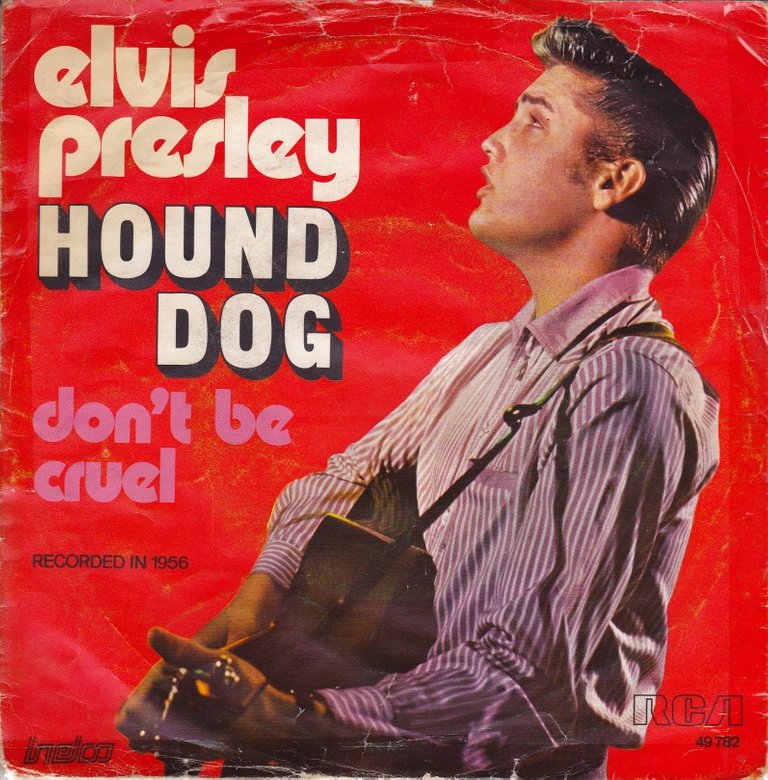

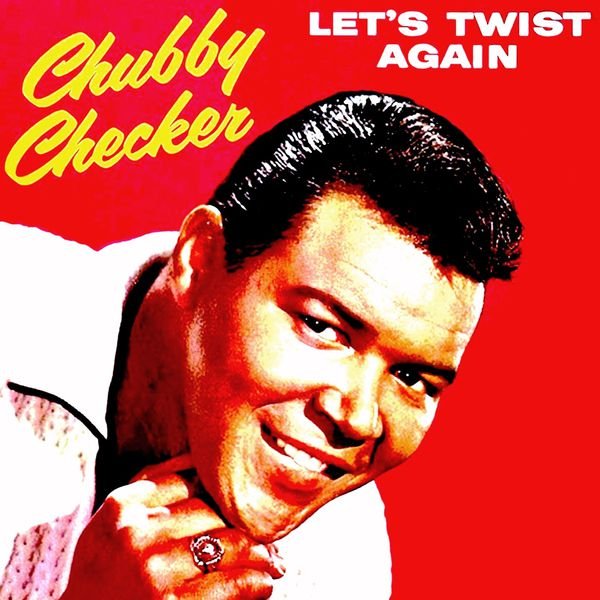
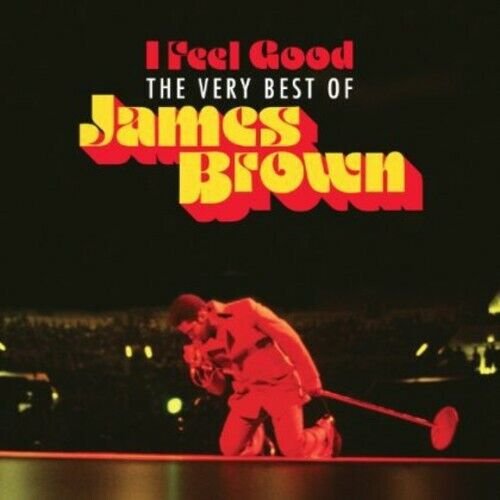
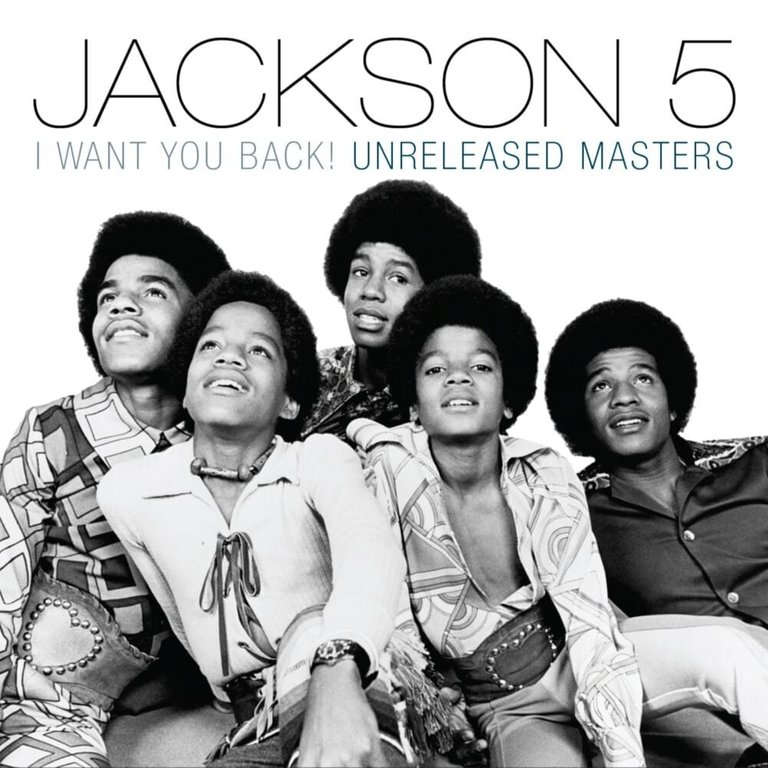

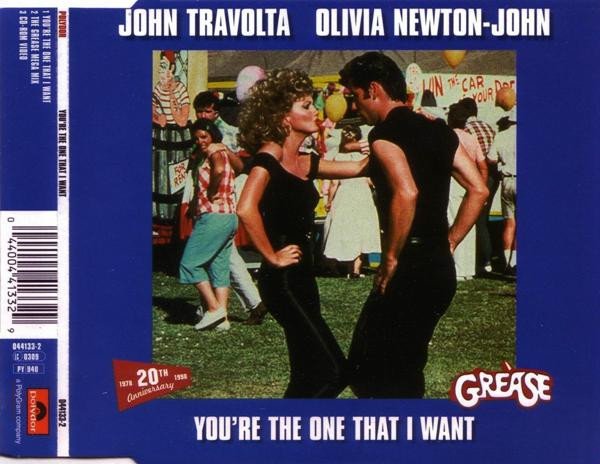
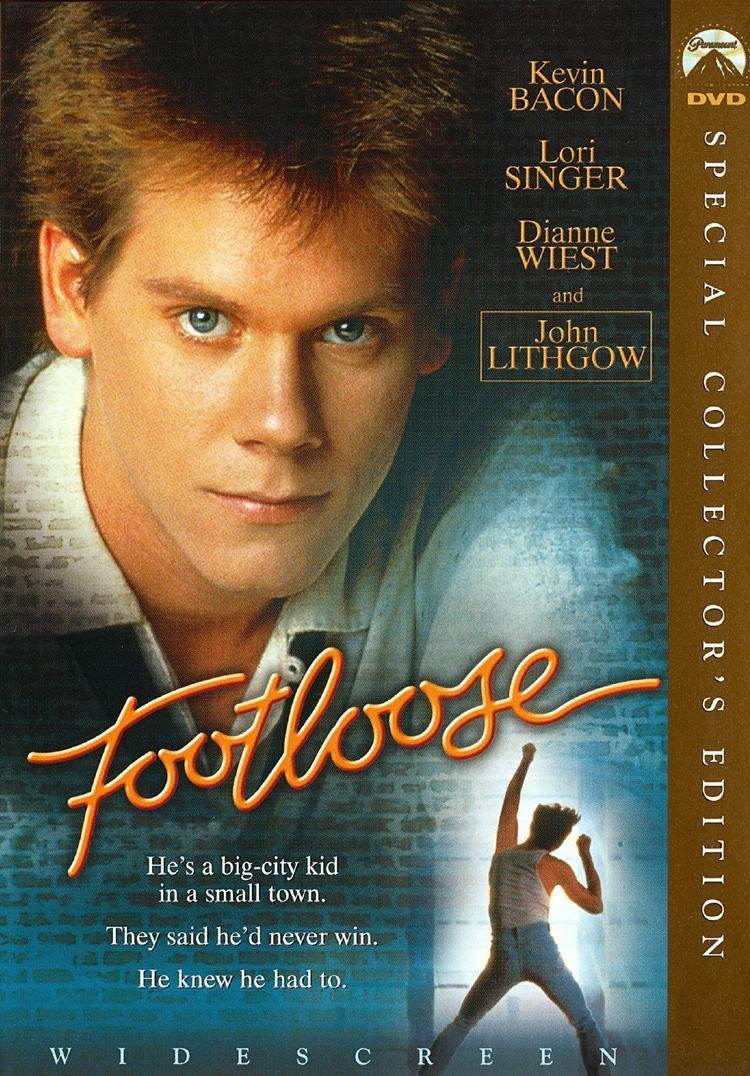
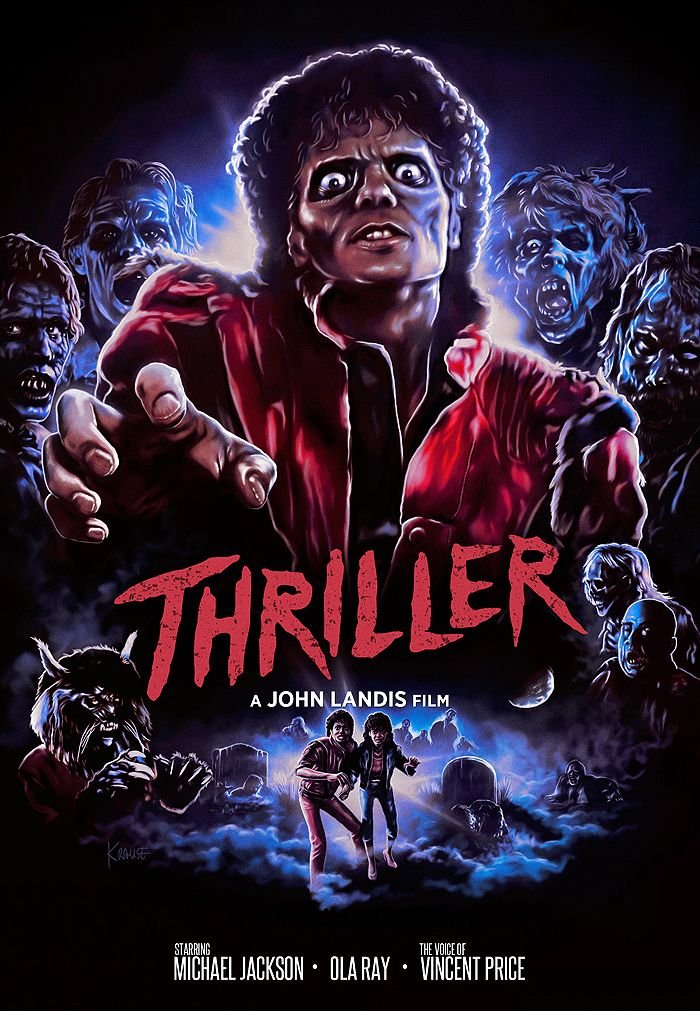
https://twitter.com/D_rock_07/status/1574199635794599936
The rewards earned on this comment will go directly to the people sharing the post on Twitter as long as they are registered with @poshtoken. Sign up at https://hiveposh.com.
¡Bravo!. El video te ha quedado espectacular. Tu manera de expresarte y tu talento en el baile no tienen discusión. Siempre disfruto de estos breves resúmenes de linea de tiempo, no solo en el arte del baile, sino en todo, pero acompañado de tu audiovisual es un deleite para los ojos... ¡Feliz inicio de semana Diego!.
De verdad muchas gracias 😊 para mí fue asombroso poder recrear estás coreografías, y ver realmente todo lo especial que ha Sido el baile a través de los años, me seguiré esforzando y subiré la segunda parte pronto ✨
Genial video querido @d-rock, me quedé ansiado por la segunda parte, los 90s, por allí escuché Black Or White.
Excelente trabajo, son muchos bailes y se lo que implica el trabajo. Espero la segunda parte.
Muchísimas gracias por tu apoyo, y clsro que sacaré la segunda parte, en serio pars mí fue asombroso hacer este video, sé que tomó su tiempo pero valió la pena, tambien me gusta muchoo tu contenido espero que siempre te vaya bien ☺️
Estuvo muy bueno. Muchas gracias por tu aprecio.